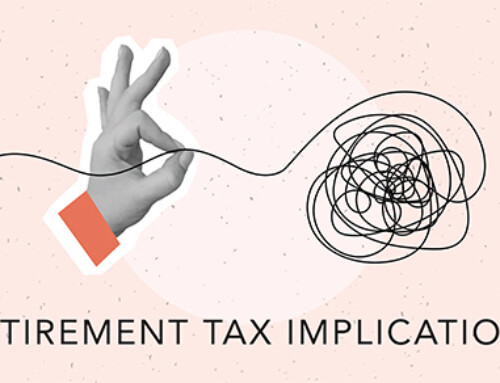The IRS offers cost-saving suggestion. See below:
Many parents send their children to summer day camps while they work or look for work. The IRS urges those who do to save their paperwork for the Child and Dependent Care Tax Credit. Eligible taxpayers may be able claim it on their taxes in 2018 if they paid for day camp or for someone to care for a child, dependent or spouse during 2017.
- Qualifying Person. The care must have been for “qualifying persons.” A qualifying person can be a child under age 13. A qualifying person can also be a spouse or dependent who lived with the taxpayer for more than half the year and is physically or mentally incapable of self-care.
- Work-Related Expenses. The care must have been necessary so the taxpayer could work or look for work. For those who are married, the care also must have been necessary so a spouse could work or look for work. This rule does not apply if the spouse was disabled or a full-time student.
- Earned Income. The taxpayer — and their spouse if married filing jointly — must have earned income for the tax year. Special rules apply to a spouse who is a student or disabled.
- Credit Percentage/Expense Limits. The credit is worth between 20 and 35 percent of allowable expenses. The percentage depends on the income amount. Allowable expenses are limited to $3,000 for care of one qualifying person. The limit is $6,000 if the taxpayer paid for the care of two or more.
- Care Provider Information. The name, address and taxpayer ID number of the care provider must be included on the return. The childcare provider cannot be the taxpayer’s spouse, dependent or the child’s parent.
- Dependent Care Benefits. Special rules apply for people who get dependent care benefits from their employer. Form 2441, Child and Dependent Care Expenses, has more on these rules. File the form with a tax return.
- Special Circumstances. Since every family is different, the IRS has a series of exceptions to the rules in the qualification process. These exceptions allow a greater number of families to take advantage of the credit.
Even if the childcare provider is a sitter in the home, taxpayers may qualify for the credit. Taxpayers who pay someone to come to their home and care for their dependent or spouse may be a household employer. They may have to withhold and pay Social Security and Medicare tax and pay federal unemployment tax.





